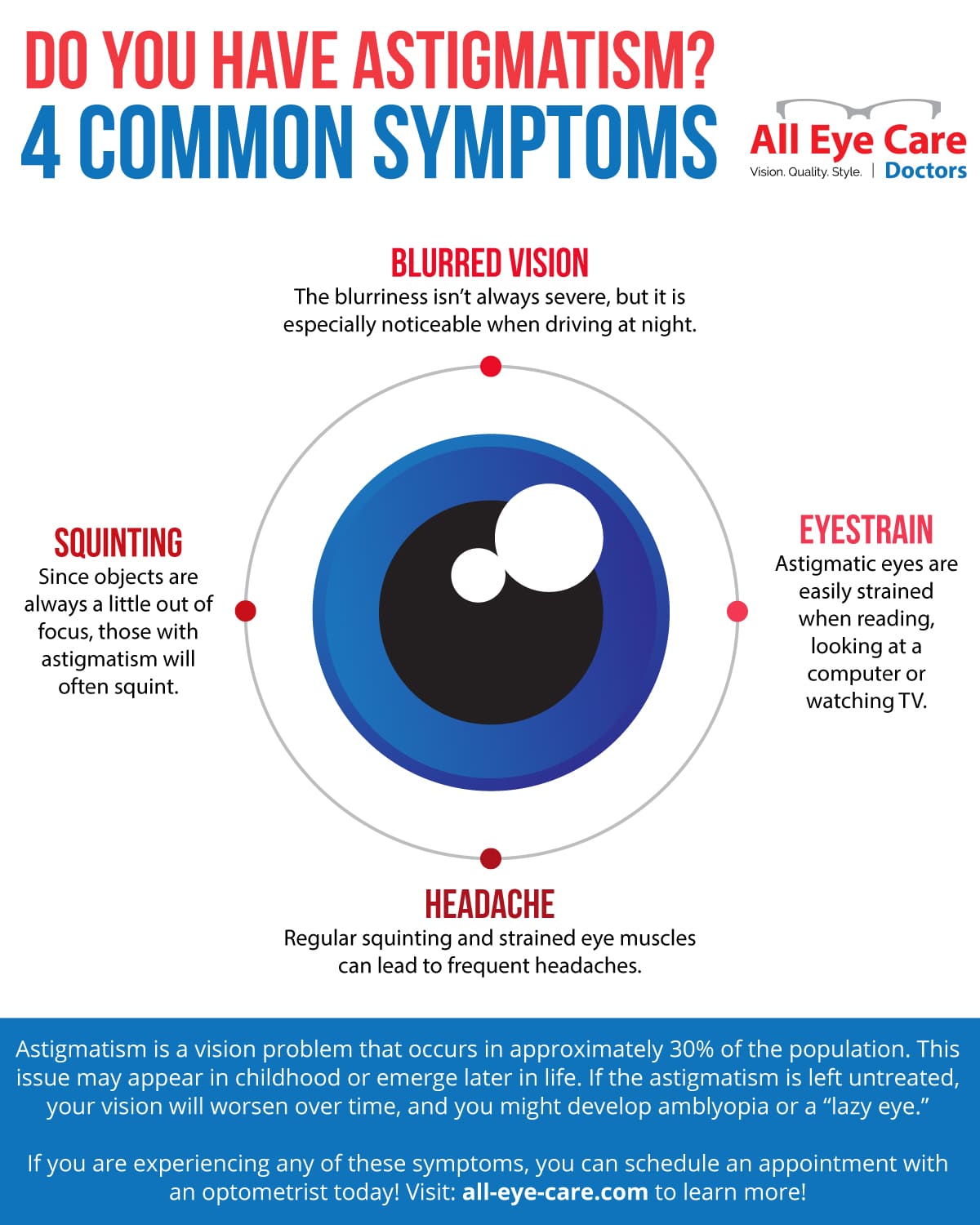Interested About The Distinctions Between SMILE, LASIK, And PRK Eye Surgeries?
Interested About The Distinctions Between SMILE, LASIK, And PRK Eye Surgeries?
Blog Article
Material Create By-Fischer Vincent
If you've been considering SMILE eye surgical procedure, you might ask yourself just how it stacks up against LASIK and PRK. Each procedure has its own collection of advantages and factors to consider. From quicker healing times to possible risks, there are vital distinctions you should recognize prior to making a decision. Understanding these differences will certainly help you make an informed selection that straightens with your specific needs and assumptions. Interested to recognize even more about just how these treatments contrast thoroughly? Continue exploring to obtain a comprehensive understanding of SMILE, LASIK, and PRK.
SMILE Eye Surgery Introduction
If you're thinking about SMILE eye surgical treatment, you'll find it to be a minimally intrusive procedure with a fast recovery time. During SMILE (Tiny Incision Lenticule Removal), a laser is used to produce a little, specific laceration in the cornea to get rid of a tiny item of tissue, reshaping it to fix your vision. This varies from LASIK, where a flap is developed, and PRK, where the external layer of the cornea is entirely removed.
One of the vital benefits of SMILE is its minimally intrusive nature, resulting in a faster healing procedure and less discomfort post-surgery. The healing time for SMILE is reasonably fast, with numerous patients experiencing improved vision within a day or two. This makes it a popular choice for those looking for a convenient and effective vision correction treatment. Furthermore, SMILE has actually been revealed to have a lower threat of dry eye disorder contrasted to LASIK, making it a beneficial alternative for individuals concerned concerning this potential side effect.
Differences Between SMILE, LASIK, and PRK
When contrasting SMILE, LASIK, and PRK eye surgical procedures, it is necessary to comprehend the unique methods made use of in each procedure for vision adjustment.
SMILE (Small Cut Lenticule Removal) is a minimally intrusive procedure that involves developing a small laceration to remove a lenticule from the cornea, reshaping it to deal with vision.
LASIK (Laser-Assisted Sitting Keratomileusis) involves producing a thin flap on the cornea, making use of a laser to improve the underlying tissue, and then rearranging the flap.
Guided Wavefront LASIK (Photorefractive Keratectomy) removes the external layer of the cornea before reshaping the tissue with a laser.
The major distinction lies in the method the cornea is accessed and treated. SMILE is flapless, making it a good choice for people with slim corneas or those associated with contact sports. LASIK offers quick aesthetic healing because of the flap creation, yet it might pose a higher risk of flap-related problems. PRK, although having a much longer recuperation period, prevents flap-related concerns altogether.
Comprehending these variations is essential in choosing the most ideal procedure for your vision adjustment demands.
Advantages And Disadvantages Comparison
To assess the advantages and drawbacks of SMILE, LASIK, and PRK eye surgeries, it's necessary to take into consideration the particular advantages and possible restrictions of each treatment. SMILE surgical procedure provides the benefit of a minimally invasive procedure, with a smaller laceration and possibly quicker healing time contrasted to LASIK and PRK. It also lowers the risk of dry eye post-surgery, an usual adverse effects of LASIK. Nonetheless, SMILE might have limitations in dealing with higher degrees of nearsightedness or astigmatism compared to LASIK.
LASIK surgical procedure gives quick visual healing and marginal pain throughout the procedure. It's very effective in treating a variety of refractive mistakes, including nearsightedness, hyperopia, and astigmatism. Yet, Plugs For Eyes of flap complications, which can affect the corneal framework.
PRK eye surgical procedure, while not as prominent as LASIK, prevents producing a corneal flap, minimizing the risk of flap-related problems. It appropriates for clients with slim corneas or uneven corneal surface areas. Nonetheless, PRK has a much longer recuperation time and might entail extra pain throughout the healing process.
Conclusion
So, when it concerns selecting between SMILE, LASIK, and PRK, consider it like selecting the excellent set of footwear. SMILE resembles a smooth, comfortable pair of sneakers - quick and very easy.
LASIK is a lot more like fashionable high heels - showy and quick, but with some prospective threats.
PRK is like sturdy hiking boots - reputable and durable, yet requiring a little bit more time and effort.
Eventually, can cataract surgery cause blindness relies on your private demands and preferences.
